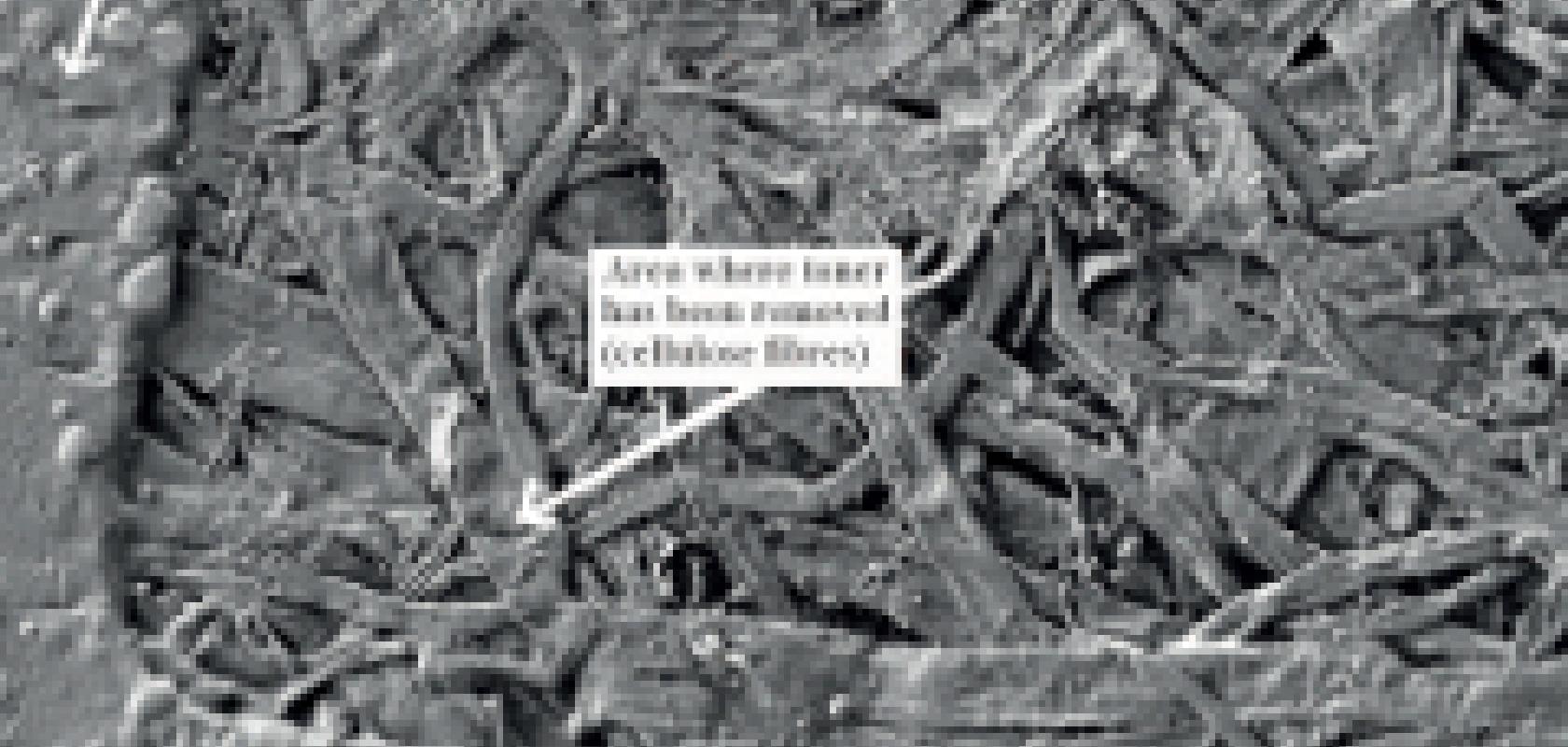Printer toner could become recyclable and paper shredding come to an end, now a doctoral project has demonstrated that paper can be cleaned of print using lasers.
A 532nm green laser firing four-nanosecond pulses with a peak power of 92kW was found to be effective at vaporising the toner, creating nanoparticles that were then sucked away using an air extractor. The paper used in the experiments was standard Canon copy paper with HP Laserjet black toner, common in offices around the world. Toner consists of polyester and iron oxide, which is its pigment. The laser ablates the polyester, and the iron oxide pigment is detached from the paper along with it. The vaporised toner was able to be filtered using commercially available filters, raising the prospect of recycling the toner. But further research is needed to confirm that recycling the toner is possible.
‘If there is a commercial partner that wants to invest in further development we are willing to collaborate, but we are not going to continue unless someone shows interest,’ says David Leal, the postgraduate student who worked on the technology for his doctorate with the university’s low carbon materials processing group.
Leal explained that, with the aid of The Bavarian Laser Centre, a total of 10 laser set-ups of various strengths and durations were tested for the study. They tried ultraviolet, visible and infrared lasers with nanosecond, picosecond and femtosecond pulses. Nanosecond pulses were preferable because they did not harm the paper. Such a laser could be fired at a blank page with no ill effect. However, one 1064nm laser was tested with picosecond pulses. During the testing, once the paper was subjected to the laser, the samples were then analysed by a scanning electron microscope.
Many organisations, both government and corporate, routinely use shredders to destroy sensitive material. In doing so they generate large quantities of waste paper that has to be disposed of and so incur costs. Leal pointed out that, using his lasers, a paper’s contents could be removed cleanly, allowing the paper to be reused and not generating huge volumes of paper strips that have to be bagged and transported.
The implications also extend beyond the workplace and into the forest. The low carbon materials processing group’s researchers believe that removing the tree from the paper lifecycle is possible, thanks to this technology. Along with saving forests from being used for new paper, reusing paper saves an additional 20 per cent in emissions over recycling.
Because of this impact, Leal’s study also posed the question of what would happen if paper was ‘unprinted’ and reused instead of recycled. It was found that, because the action of removing ink with a laser would remove four steps from the paper production cycle, forestry, pulping, paper making and disposal by incineration or landfill, there would be a 95 per cent reduction in emissions per tonne produced from the production of office paper, rather than the 76 per cent reduction we see now from recycling.


